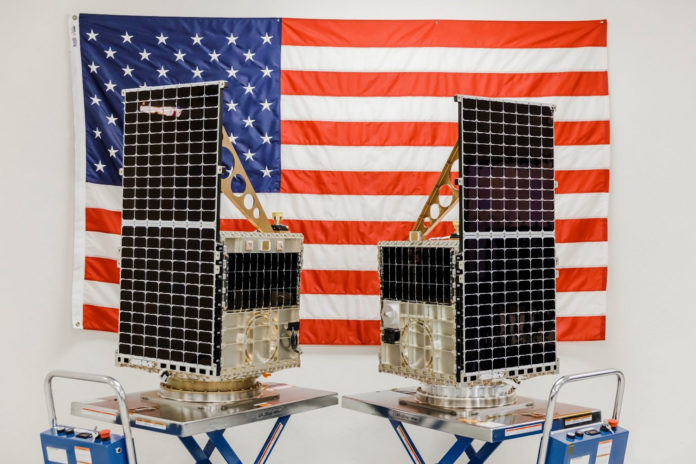The need for satellite communication becomes evident when we want to transmit the signal to far-off places. While the communication speeds have improved considerably, a satellite still needs to send a message to the ground station on Earth to communicate with another satellite, even if it is orbiting just a few miles away.
Now, Virginia-based CACI International has successfully demonstrated space-to-space optical communications links in low earth orbit (LEO) as part of the Mandrake II program. The test was conducted in partnership with the Defense Advanced Research Projects Agency (DARPA) and the Space Development Agency (SDA).
DARPA managed to get two satellites to share information via space lasers. During a nearly 40-minute-long test, they demonstrated closed-loop tracking and data transfer over a distance of about 60 miles (100 km), with more than 200 gigabits of data transmitted and received.
The Mandrake II program is a joint effort of the US Air Force Research Laboratory’s Space Vehicles Directorate (AFRL/RV), DARPA and SDA. It aims to evaluate the pointing, acquisition, and tracking algorithms that allow for optical communication terminals to establish and maintain high-speed communication links in the upcoming Blackjack and SDA Transport and Tracking Layer constellations.
This successful test, completed using CACI’s CrossBeam free-space optical terminals, is the first step in establishing more secure, space-based communications networks for defense agencies using more powerful, efficient technology that can transmit more data faster.
The CrossBeam technology provides satellite crosslinks and bi-directional satellite-to-earth links via low complexity systems, minimizing size, weight, power, and cost.
“Our national security depends on advanced, secure technology that enables modernized networks and enhanced intelligence systems for our warfighters using small satellites to operate at the speed of relevance,” said John Mengucci, CACI President and Chief Executive Officer. “Through the acquisition of SA Photonics, our joint technology and manufacturing capabilities have enabled this successful milestone. In partnership with our mission customers, we are on the path to supporting the contested space domain with faster, more secure satellites.”
The SDA plans to launch 20 satellites this year and follow it up with 126 satellites by 2024.
